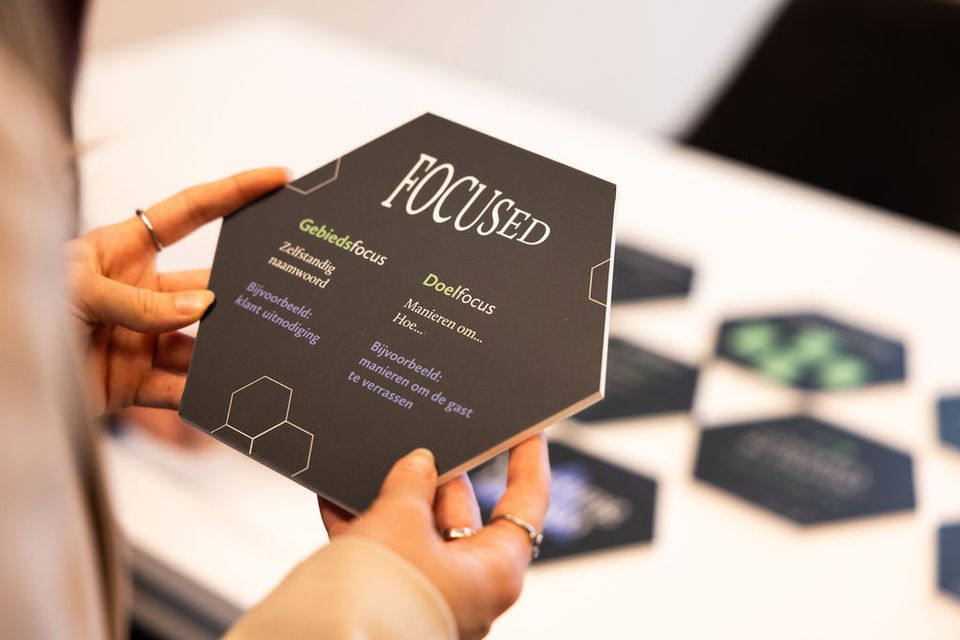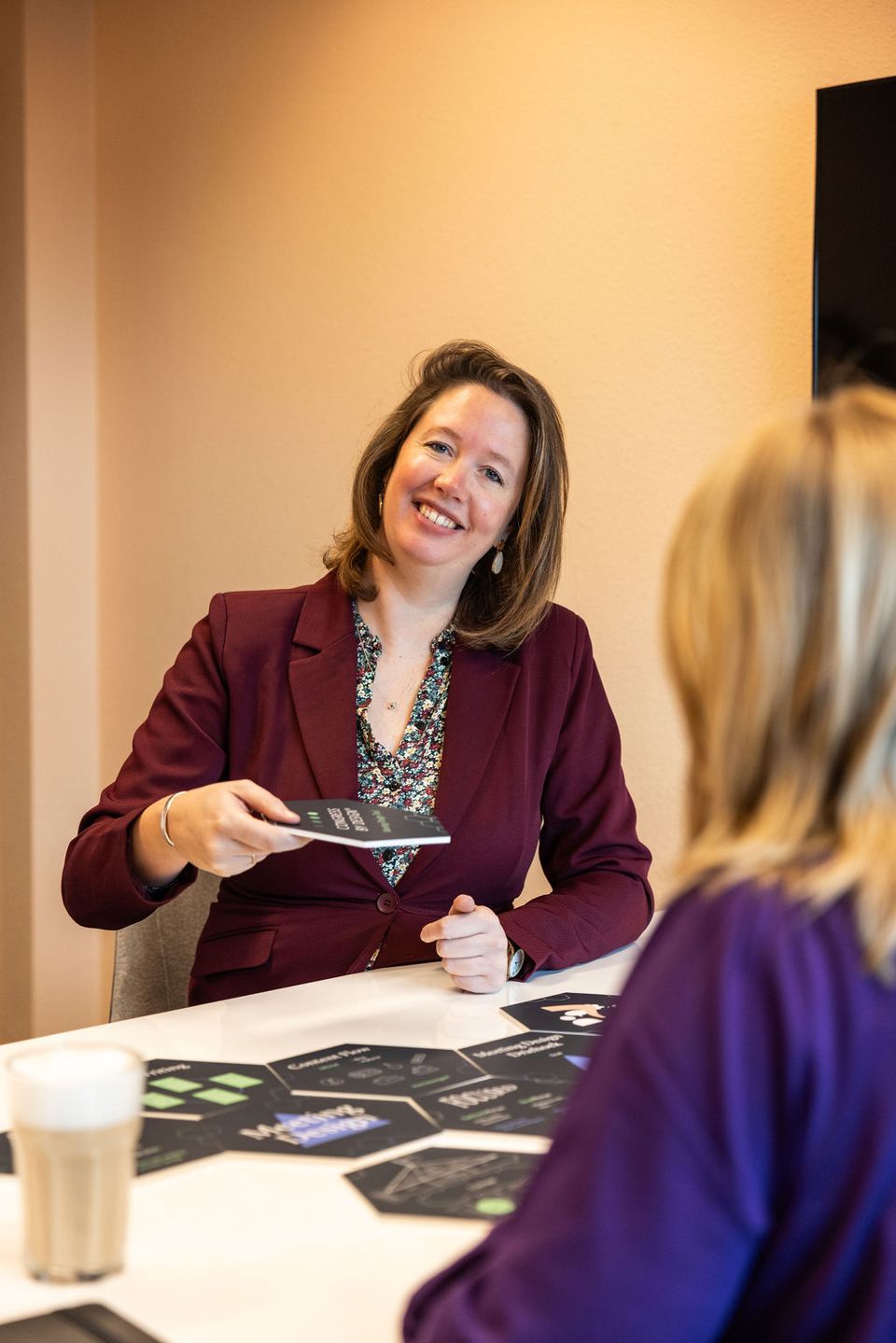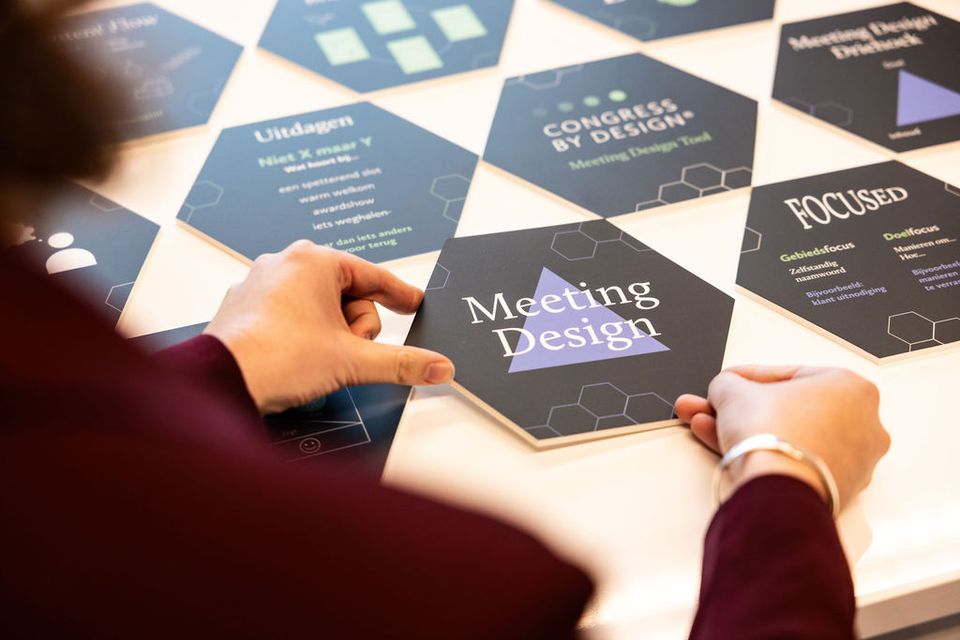Meeting Design Tool creating sparks, strategy, and cohesion
At Congress by design, we're not just about organising conferences – we're about designing them. This approach brings added value to everyone involved: the client, the organising committee, speakers, workshop leaders, and most importantly the participants. We're talking about strong meeting design here, which drives direction, creativity, cost-efficiency, and impact. Marije Sant, our Senior Project Manager and Team Lead, sheds light on adding 'sparks' to make conferences relevant and memorable.
"The congress landscape is constantly evolving. A PhD student's needs differ from those of a seasoned professor nearing retirement. While content remains paramount, the traditional format of long days filled with presentations isn't as universally engaging. Today's generation of scientists seeks interaction, variety, and the ability to curate their own experience. As congress advisors, our goal is to make every event a meaningful and enjoyable experience for all attendees. To assist our clients in achieving this, we have developed a Meeting Design Tool, employing methods and techniques to view congresses through a new lens."

Co-creation and lateral thinking
Marije explains the ideal scenario: "The best results come when we're involved early on, even before the programme committee starts its work. Our approach is more strategic than just logistical. Ideally, we begin with a half-day meeting design session focusing on co-creation and lateral thinking. We literally map out the congress using questions, visualisations, and tasks to explore, for instance, the attendees' expectations and whether these align with the committee's goals. Often, we find misalignments, and our design sessions lead to surprising insights, creative ideas, and a unified direction. This lays a valuable foundation, offering guidance and direction throughout the process."
Creativity within budget
"For the extensive IUPAC | CHAINS chemistry congress, we successfully integrated coherence into the programme," says Marije excitedly. "The theme 'connecting chemical worlds' was palpable and visible throughout, from a large world map at the entrance for chemists to mark their home bases, to the invitation during the opening ceremony to connect with their neighbours. These creative ideas don't have to be expensive to be effective."

